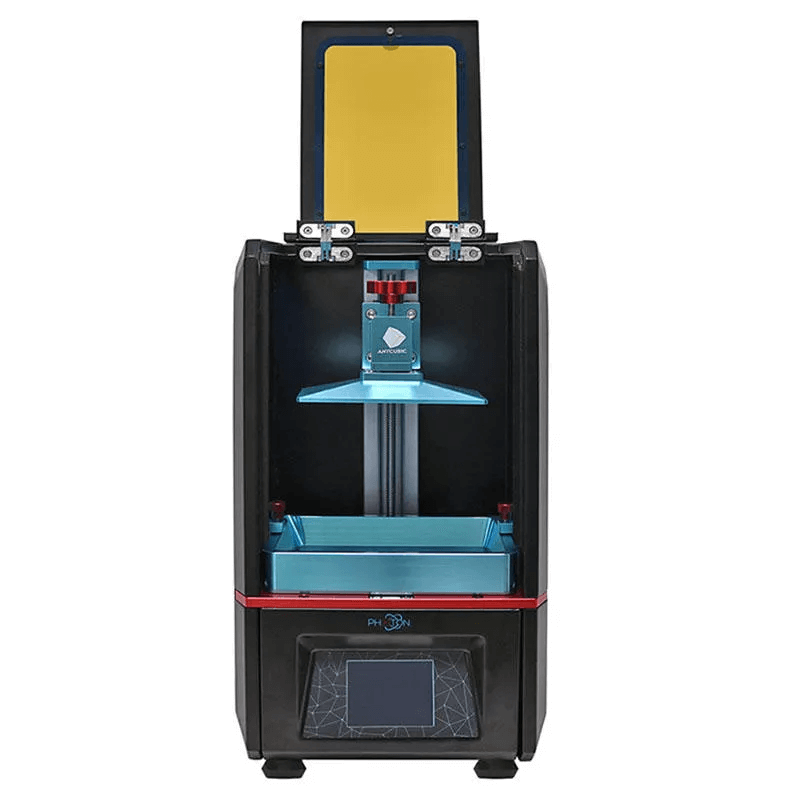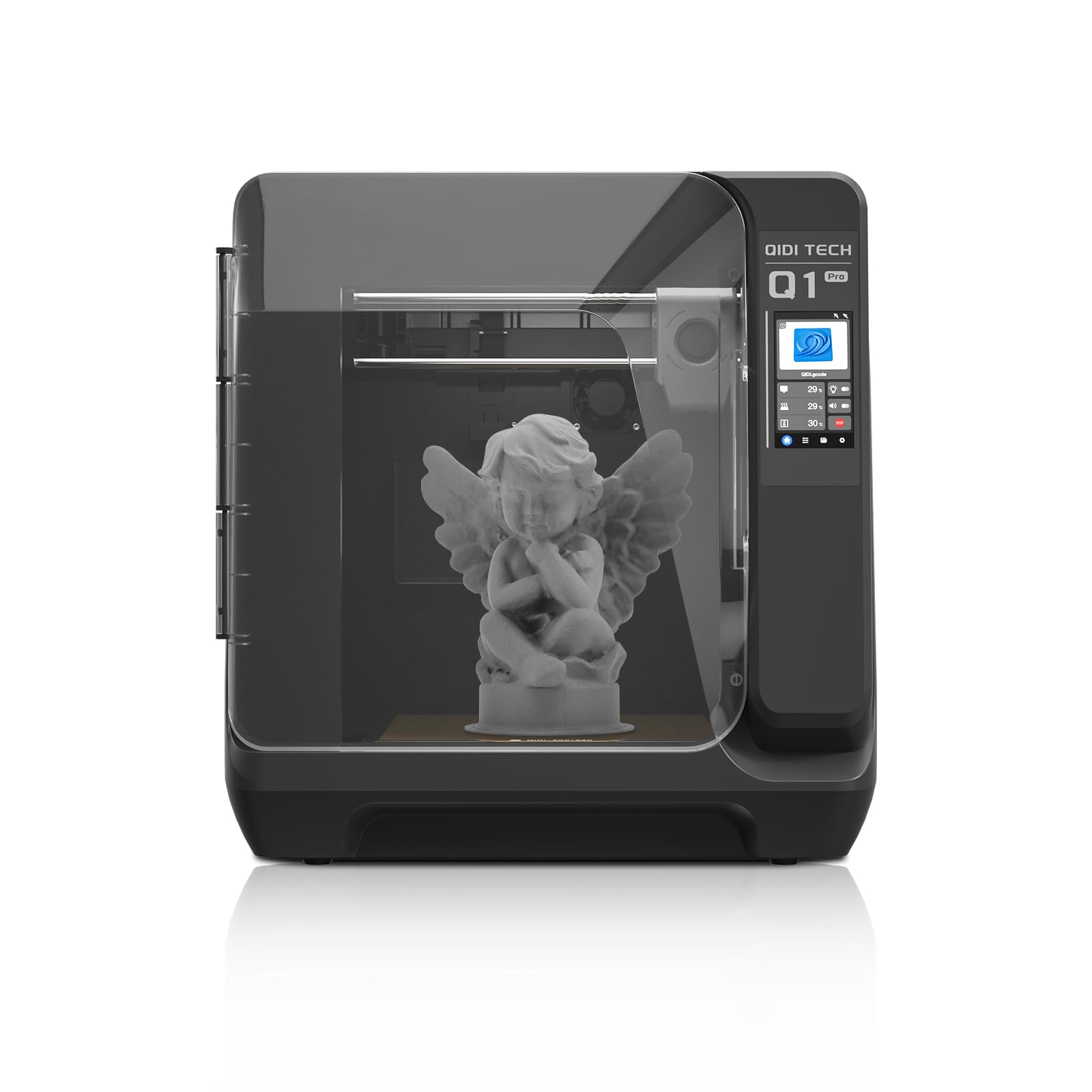Compare Photon vs Q1 PRO
Comparison between the best 3D printers
Choose the best 3D printer at the best price. The cheapest 3D printers are here.
Buy a 3D printer here with 3D Fila.
 |
 |
|
| Model | Photon |
Q1 PRO[BUY Q1 PRO] |
| Printing Material | Resin | Filament |
| Buy Resin for Anycubic Photon | Buy Filament forQIDI Q1 PRO | |
| Estimated price | $100,00 | $449,00 |
| Manufacturer | Anycubic | QIDI |
| Release Year | 2019 | 2024 |
| Print Volume [mm] | 65x115x155 | 245x245x245 |
| Printer Size [mm] | 220x200x400 | 467x477x489 |
| Weight [kg] | 7,2 | 20 |
| Power Loss Recovery | NO | YES |
| Maximum Resolution [mm] | 0,1 | |
| Processor | Cortex-A53,64-bit Processor | |
| Display | Touchscreen TFT 3,5'' | Touchscreen 4,3'' |
| Power Supply | 40W | 350 W |
| Connectivity | USB | WiFi/USB Flash Drive/Ethernet Cable |
| Operating systems | Windows, Mac, Linux | Windows, Linux, Macbook |
| Date of registration in the system | 2021-04-15 | 2024-07-09 |
| Release date | 2019 | 2024 |
| Extra features | The Anycubic Photon DLP is a resin 3D printer that stands out for its affordability and quality. It uses DLP (Digital Light Processing) technology to cure resin layers with precision, offering resolution of 25-100 microns. Its build volume is 115 x 65 x 155 mm, suitable for modest-sized projects. It includes a 2.8-inch touchscreen, USB and SD card connectivity, and a carbon filter to mitigate odors. It is notable for generating efficient support structures through its custom slicing software. Although it requires care in resin handling and post-processing, it is an excellent option for beginners and professionals who want to explore resin 3D printing with high resolution and ease of use. | The QIDI Q1 Pro 3D printer stands out for its Core XY structure and heating chambers that reach up to 60ºC, ideal for advanced materials such as ABS and Nylon. It features Klipper firmware, an automatic leveling system, a high-flow extruder with a double metal nozzle and a hotend that reaches 350ºC. It offers connectivity via Wi-Fi, USB and Ethernet, as well as a 1080p camera for remote monitoring and an intuitive touchscreen for easy operation. |
| Support for multiple colors and materials (AMS and CFS) | NO | NO |
Notes * |
||
| Cost-benefit | 6 / 10 | 8 / 10 |
| Hardware | 0 / 10 | 5.4 / 10 |
| Tela | . | . |
| Print volume | 3 / 10 | 3 / 10 |
| Performance | 0 / 10 | 5 / 10 |
| [BUY Q1 PRO] |
Conclusion |
| In conclusion, the choice between the Anycubic Photon and the QIDI Q1 Pro ultimately depends on the user's specific needs and budget. The Photon offers an affordable entry point into the world of resin printing, making it an excellent option for beginners or hobbyists focusing on smaller projects with high-resolution output. Its compact size, ease of use, and quality printing capabilities make it a solid choice, despite its limitations in print volume and functionality. On the other hand, the QIDI Q1 Pro, being a more advanced model released recently, caters to professional users looking for versatility and performance. It boasts a larger print volume, a robust construction, and the ability to handle advanced materials, which makes it suitable for a wider range of applications. The inclusion of features such as automatic leveling, a high-flow extruder, and various connectivity options enhances its usability, albeit at a higher price point. Considering the cost-to-performance ratio, the QIDI Q1 Pro earns higher marks, appealing to those willing to invest more for enhanced capabilities. However, for those starting or on a budget, the Anycubic Photon remains a commendable choice, delivering quality results without the additional complexity and financial commitment. Ultimately, prospective buyers should weigh their priorities in terms of budget, intended use, and desired features before making a decision. |

